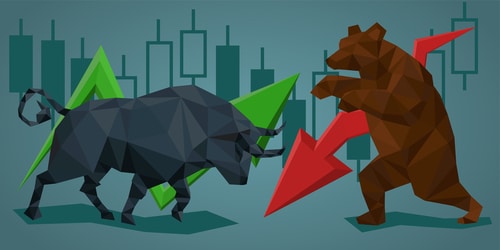Apple and Google developed iOS and Android operating systems as a way of helping people use smartphones. Under these operating systems, people develop applications as we call Apps.
In the same way, the blockchain ecology needs more and more dApps—namely decentralized applications. These dApps are operating only in the blockchain.
The addition of d to Apps symbolizes decentralization. Unlike the Internet, blockchain has no centralized intermediary. In smartphones and PCs, you can download Apps that you want. In the same way, you can download dApps in the blockchain.
However, the problem is that people have yet to see many and useful dApps in the blockchain.
A difference exists between Apps and dApps. In Apps, you must show your identification to download the Apps. A central agency manages and controls Apps.
However, dApps have no central intermediary. Even if you use the Ethereum network, you do not need permission to use Ethereum. Namely no control or intervention exists in dApps.
In Bitcoin, no dApp exists as it has no smart contract. In Ethereum, smart contracts are possible, and these smart contracts made births of dApps possible.
Despite much talk, people are wondering what blockchain services they can use in their daily lives.
This question arises from a lack of dApps. Once dApps debut in the market, people would appreciate the convenience of the blockchain services.
As demands for smartphones exploded following the appearance of Apps, so the needs for blockchain would grow when dApps appear.
.
.
관련
기사제보 및 보도자료: press@blockmedia.co.kr
▶ 블록미디어 유튜브 바로가기 https://www.youtube.com/blockmedia
▶ 블록미디어 텔레그램 바로가기 https://t.me/blockmedia
▶ 블록미디어 페이스북 바로가기 https://www.facebook.com/blockmediakorea/

